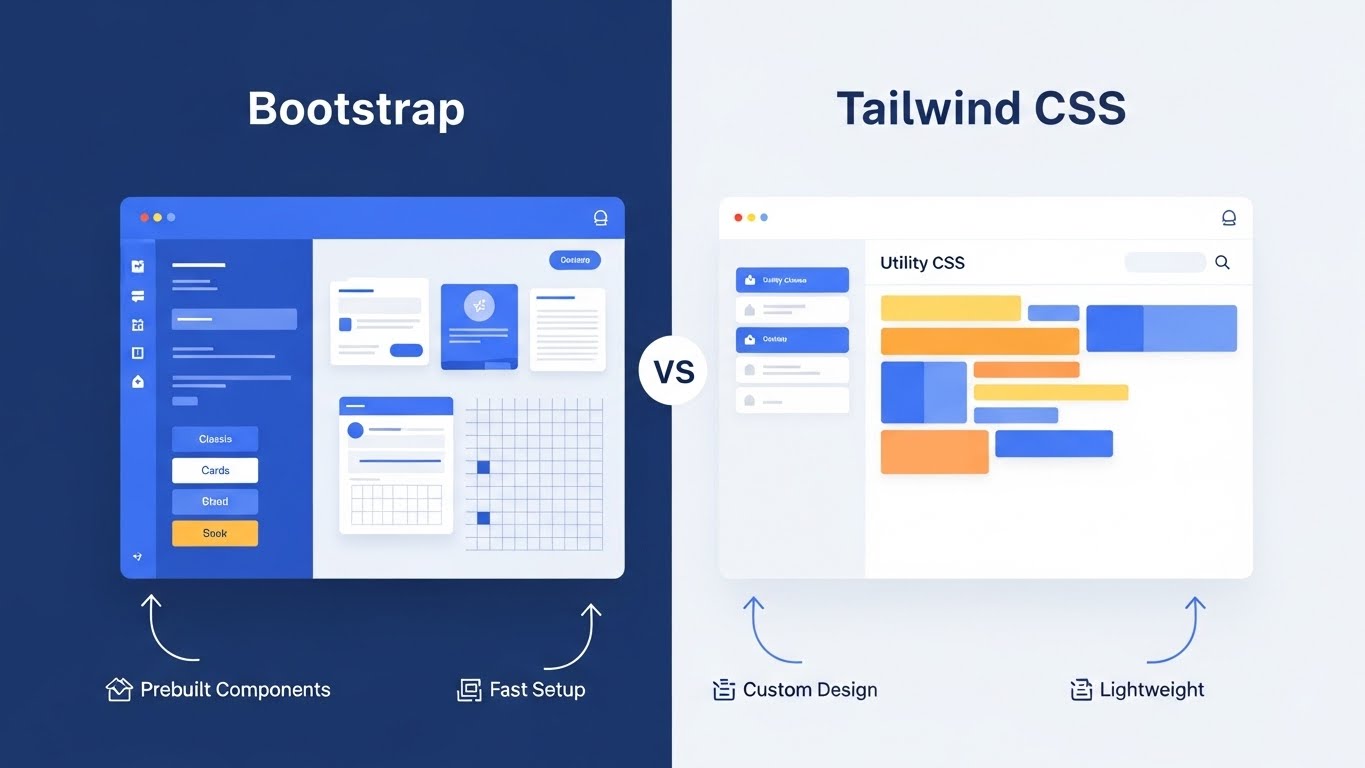The History of Artificial Intelligence: From Ancient Myths to Modern Machines

📅July 24, 2025
The History of Artificial Intelligence: From Ancient Myths to Modern Machines
Artificial Intelligence (AI) often feels like the cutting edge of modern technology—but its roots actually stretch back thousands of years. The idea of machines that think, reason, or behave like humans has evolved from ancient myths to powerful algorithms running our daily lives.
In this article, we trace the timeline of AI from its philosophical birth to today’s generative breakthroughs.
🏺 1. The Idea Begins: Myths and Mechanical Dreams
Before circuits and code, humans imagined artificial life through stories and inventions:
In Greek mythology, Hephaestus created Talos, a giant bronze automaton that protected Crete.
The Jewish legend of the Golem tells of a clay creature brought to life to protect its people.
In the Middle Ages, inventors like Al-Jazari designed programmable mechanical robots using gears and hydraulics.
📖 Source: Stanford Encyclopedia of Philosophy – Ancient AI Concepts
These early visions weren’t AI as we know it, but they showed a deep curiosity about artificial minds.
🧠 2. 20th Century: Birth of Modern AI Concepts
The real foundation of AI came with mathematics, logic, and early computers in the 20th century.
🔹 Alan Turing (1936)
Proposed the idea of a “universal machine”—now known as the Turing Machine.
Asked: “Can machines think?” in his famous 1950 paper.
Introduced the Turing Test, a benchmark for evaluating machine intelligence.
🧾 Read: Turing's "Computing Machinery and Intelligence"
🔹 First AI Programs (1950s)
Logic Theorist (1956): Created by Allen Newell and Herbert A. Simon—called the “first AI program.”
Dartmouth Conference (1956): Officially marked the birth of AI as a field, led by John McCarthy, who coined the term “Artificial Intelligence.”
🖥️ 3. The Early Years: Hopes and Challenges (1950s–1970s)
In the 1960s and 70s, AI saw both excitement and limits:
Early rule-based systems could solve math problems and play games like checkers.
Researchers believed machines would soon translate languages or replace human experts.
But progress slowed due to:
Limited computing power.
Lack of training data.
Over-promising results too early.
This led to the first AI Winter—a period of reduced funding and interest.
🧊 More: What is AI Winter? – Techopedia
🔄 4. Expert Systems and the Rise of Logic (1980s)
AI revived in the 1980s with expert systems—programs that mimicked the decision-making of human specialists.
Examples:
MYCIN: Diagnosed bacterial infections better than junior doctors.
XCON: Helped configure computer orders at DEC, saving millions.
But these systems:
Needed manual rule updates.
Struggled with ambiguity and learning.
Still, they were widely adopted in industries like medicine and engineering.
🤖 5. Machine Learning Changes Everything (1990s–2010s)
A major shift occurred with the rise of Machine Learning (ML):
Instead of hardcoding rules, computers could now learn from data.
Neural networks—inspired by the human brain—gained traction.
Notable breakthroughs:
IBM Deep Blue (1997): Defeated world chess champion Garry Kasparov.
Google DeepMind’s AlphaGo (2016): Beat Go champion Lee Sedol, a game once thought too complex for machines.
🔍 Learn more: AlphaGo Documentary
✨ 6. The Age of Deep Learning and Generative AI (2015–Today)
In recent years, deep learning has enabled AI to process images, speech, text, and video at near-human levels.
Key technologies:
Convolutional Neural Networks (CNNs) for image recognition.
Transformers like BERT and GPT for language.
Notable tools:
GPT-3, GPT-4: Language models by OpenAI that can write, code, and converse.
ChatGPT: A conversational AI that made global headlines.
Stable Diffusion & DALL·E: AI tools that generate images from text prompts.
AI is now being used in:
Healthcare (diagnosing diseases)
Finance (fraud detection)
Art and writing (AI-generated content)
Self-driving cars (Tesla, Waymo)
🧠 Dive deeper: OpenAI's GPT Overview
🔮 7. What's Next? General AI and Ethics
Today’s AI is narrow—it excels at specific tasks. But researchers dream of Artificial General Intelligence (AGI)—AI that can reason, learn, and adapt like a human.
Key challenges ahead:
Bias and fairness in AI decisions
Job automation and economic impact
AI alignment and existential risks
📌 Must-read: The Alignment Problem – The New Yorker
📜 Conclusion: From Myths to Machines
The history of AI is a journey from ancient legends to futuristic algorithms. What started as a philosophical dream has become a real-world revolution, reshaping how we live, work, and think.
As we move forward, understanding this history helps us build smarter—and safer—AI for the future.

